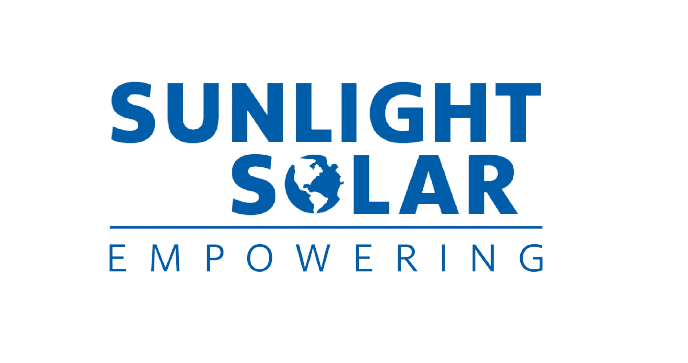Solar is a great way to save money on your electric bill, and it’s not just for residences. Commercial properties can take advantage of solar. While it’s a much bigger investment than going solar on your home, there are more funding programs available depending on your building and business. In this blog series, we will cover a different commercial funding program each week.
Leasing and Power Purchase Agreements (PPAs) are not just good for residences- they work well for businesses too. There are a few different options when it comes to these programs, and a solar system designer can sit down with a commercial building owner to figure out which one makes the most sense for a particular project.
CT Commercial Solar Lease/PPA
The CT Commercial Solar Lease program allows qualifying applicants to either lease or sign a Power Purchase Agreement(PPA) for 20 years. The lease/PPA can be fixed or escalating up to 2.99%/year. The lease/PPA cannot be prepaid, but the customer does have the option to buy out the lease at fair market value after 5 years. Requirements are as follows:
- Project must have a ZREC award
- Municipalities and schools must be rated A3 (Moody’s) or A- (S&P/Fitch)
- Commercial properties must be rated Aa2 (Moody’s) or AA (SP/Fitch)
- OR use C-PACE to secure the investment
- PPAs are for municipal / school district and not-for-profit (NFP) customers only (“essentiality” will be a particular consideration for NFPs)
- ≥50≤350 kW system size
- Ground mounts only allowed for municipal systems with municipality indemnifying CEFIA for environmental compliance
Private financing is often the best way into solar for commercial enterprises. The solar industry is witnessing more and more sources of capital that will provide 100% of the financing. Andrew Redinger, managing director and head of Keybac Capital Markets’ utilities, power, and renewables group, is quoted in an article in Solar Industry Magazine that gives some additional information.
It is important to understand the definition of a power purchase agreement. Although there are some similarities to a lease, there are important differences to note.
A solar power purchase agreement (PPA) is a financial agreement where a developer arranges for the design, permitting, financing and installation of a solar energy system on a customer’s property at little to no cost. The developer sells the power generated to the host customer at a fixed rate that is typically lower than the local utility’s retail rate. This lower electricity price serves to offset the customer’s purchase of electricity from the grid while the developer receives the income from these sales of electricity as well as any tax credits and other incentives generated from the system. PPAs typically range from 10 to 25 years and the developer remains responsible for the operation and maintenance of the system for the duration of the agreement. At the end of the PPA contract term, a customer may be able to extend the PPA, have the developer remove the system or choose to buy the solar energy system from the developer.
Benefits of PPAs to Solar Customers
- No or low upfront capital costs: The developer handles the upfront costs of sizing, procuring and installing the solar PV system. Without any upfront investment, the host customer is able to adopt solar and begin saving money as soon as the system becomes operational
- Reduced energy costs: Solar PPAs provide a fixed, predictable cost of electricity for the duration of the agreement and are structured in one of two ways. Under the fixed escalator plan, the price the customer pays rises at a predetermined rate, typically between 2% – 5%. This is often lower than projected utility price increases. The fixed price plan, on the other hand, maintains a constant price throughout the term of the PPA saving the customer more as utility prices rise over time.
- Limited risk: The developer is responsible for system performance and operating risk.
- Better leverage of available tax credits: Developers are typically better positioned to utilize available tax credits to reduce system costs. For example, municipal hosts and other public entities with no taxable income would not otherwise be able to take advantage of the Section 48 Investment Tax Credit.
